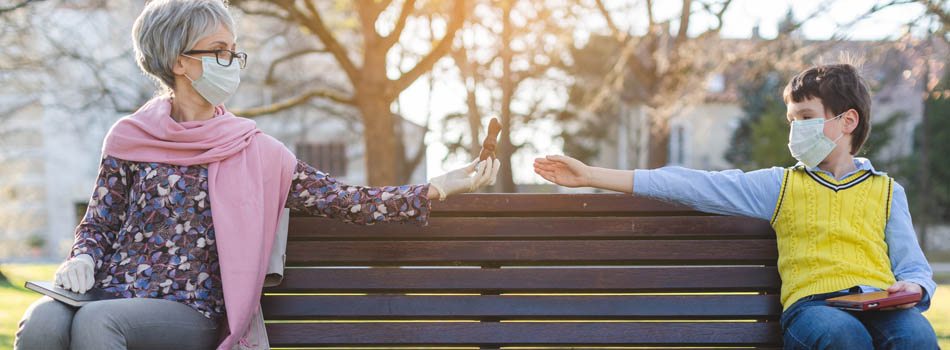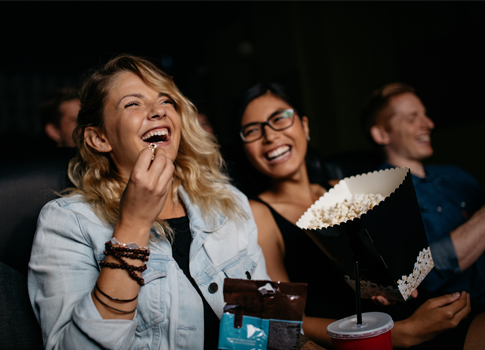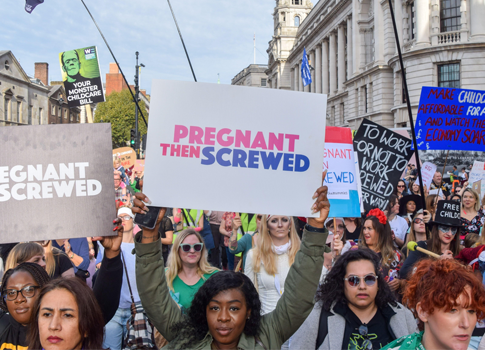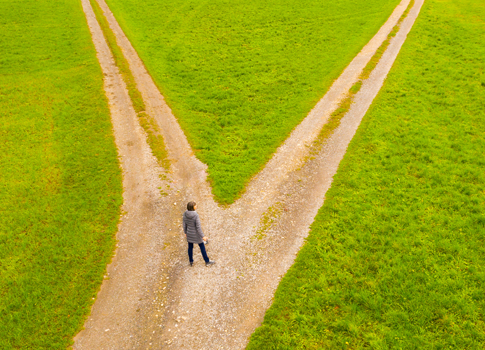Over the last year, we have lived through circumstances most of us could never have imagined. It has been hard, for individuals, families, businesses.
But from something tragic, something positive grew, and across the world we have seen people come together with a sense of community, wanting to feel they were contributing to the fight against the pandemic and helping those in need. These acts can make us feel connected and provide a sense of fulfilment and enjoyment.
As we are hopefully seeing a glimmer of normality in the distance, will this renewed focus on one’s community remain, or will it start to fall away to make room for “normal life”?
What did people do to come together?
It would be impossible to list all the ways people reached out to support one another, so here are just a few stand out examples:
Shopping local
Of course we were told to stay local and not travel to do our shopping. However people didn’t just opt for the closest supermarket branch, they sought to support smaller independent shops in their area. Between March and June last year sales in small, independent shops went up by 69%. And those local shops worked that towards supporting the cause (holding back produce for NHS workers, providing food parcels/delivery services for shielding customers) were recognised and rewarded with local trade.
Helping those who were vulnerable, shielding, lonely
Lockdown saw Facebook groups pop up offering to help those in need, neighbours checking on one another, picking up shopping and running errands. Of course this practical support extended into providing that oh-so-important human contact, even if at a distance or through a pane of glass, that had been missing for so many.
Recognition for frontline workers
We all remember the Thursday nights at 8pm when people stood outside their front doors and hung out of their window to Clap for Our Carers – whilst a comparatively small gesture, it united the nation and provided a way to thank the people that continue to carry us through the pandemic.
Community Gatherings
Street parties, dancing and singing – these were just some of the impromptu and not-so impromptu, socially distanced gatherings we have seen over the last year. Whether it was celebrating VE day, keeping fit or just keeping in touch with one another, it was just another way communities started coming together.
So will these behaviours continue?
One approach in assessing whether this will continue is to apply the COM-B framework which looks at what needs to be present to change behaviour; Capability (having the knowledge, skills and ability to engage in a certain behaviour), Opportunity (external factors which make the change in behaviour possible) and Motivation (internal processes that influence internal decisions). It’s certainly feasible that all these drivers were present for a lot of people since the pandemic began.
Capability
The examples above were simple gestures, literally life-changing and even in some cases, life-saving, but simple nonetheless meaning that for the vast majority of people, these actions were well within our capabilities. Someone who is mentally and physically fit and healthy would be capable of doing most of the above. Those who were perhaps less-able, whether through illness or shielding, hopefully still would have been able to take part in some of the more accessible activities, such as the Clap for Carers.
Opportunity
Whilst the restrictions stripped us of a lot of our freedom, what it also presented us with was ample opportunity in terms of time and locality. Our lives became much smaller, meaning shopping local made more sense, social lives were non-existent (outside of Zoom calls and online quizzes) and many of us had ditched the commute and worked from home. This meant people had more free time, and our neighbours became more than just a familiar face.
Motivation
For me, the key component throughout, however, is motivation. We’ve established that a lot of these gestures were easy to achieve and required relatively little effort, but speaking to (and indeed offering to help or even dancing with!) someone down the road who you’ve never spoken to before, or even changing where you shop, requires us to step outside of our comfort zone and routine.
Lockdown and the virus didn’t (doesn’t) discriminate and so regardless of our personal circumstances, we were all thrown into the same boat – one we all wanted to escape from. This in turn provided the motivation to do what we could to get us out of the situation. But it also provided relief from what we were going through – whether that was the fulfilment of helping another or the enjoyment to be had from interacting with another human being.
The “new normal”
So, will these caring gestures and union between people continue as we enter the “new normal”? I hope so – as we enter back into workplaces, start travelling around the country, and begin to fill our evenings and weekends with seeing our loved ones, free time may diminish and we may well slip back into the familiarity of our old routines, but nothing changes what we’ve been through together, good and bad. Friendships have been forged with people who may otherwise have remained strangers to us, we can see how cruel loneliness can be and how easy it is to alleviate it, how liberating it is to lose our inhibitions and dance in the street, and how we need to recognise how hard people on the frontline work to keep us safe.
Hopefully those memories will be the prompt they need to continue with these acts of kindness.






